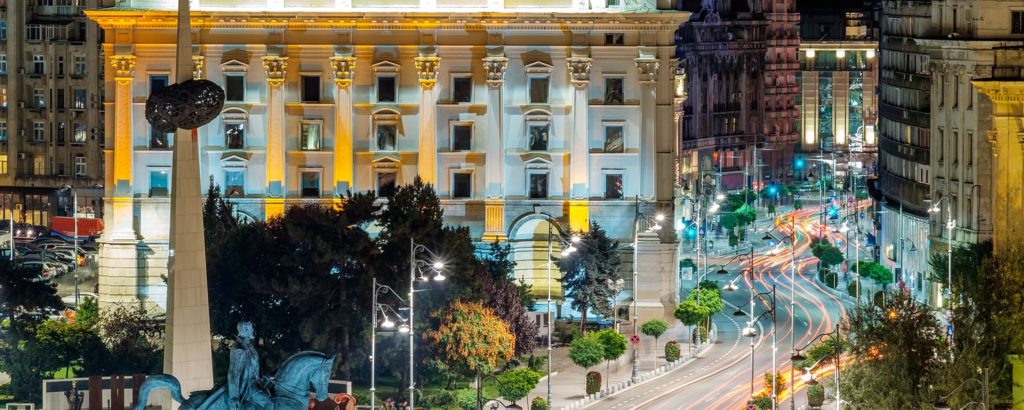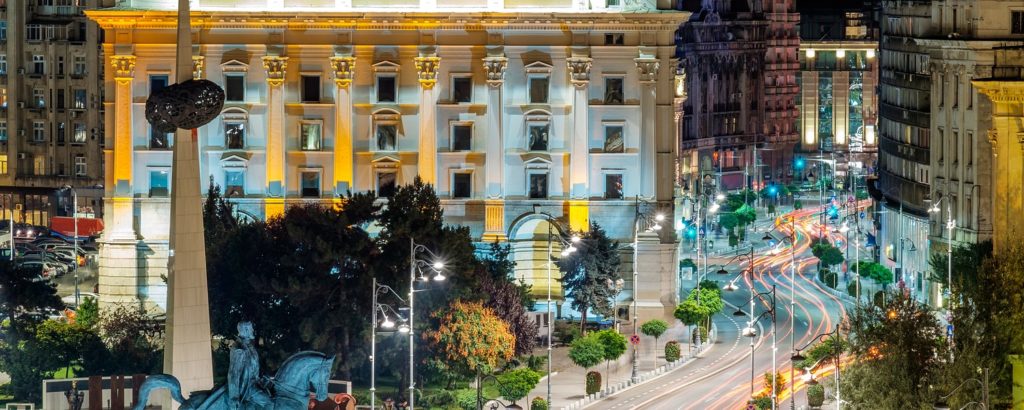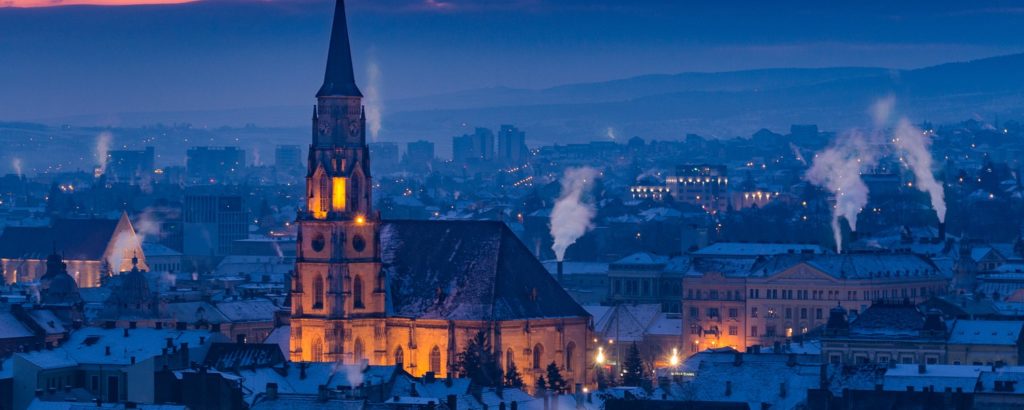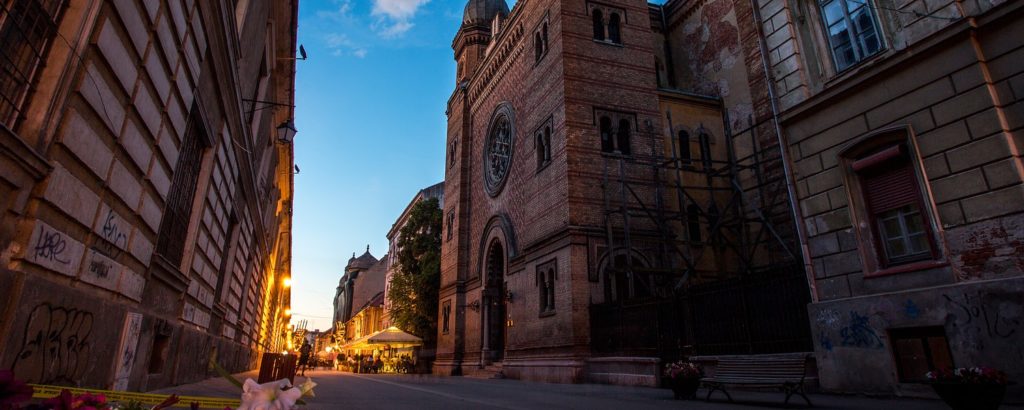
Romania
Bathed by Europe’s second longest river, the Danube, Romania is an increasingly popular, though still largely undiscovered, tourist destination. It boasts a variety of landscapes, from the Black Sea to the Carpathian Mountains that stretch across the country from top to bottom. Following the Danube eastwards towards the Black Sea, you will come across the Danube Delta, the best preserved of its kind on the continent. It is home to an astonishing total of 23 ecosystems, that present a wealthy diversity of extraordinary animals and vegetation. If you are in the mood for the perfect city break, the capital – Bucharest – has you covered. Here, beautiful Orthodox churches are thrown in together with hip cafés and trendy art galleries. Wander the streets of the Romanian capital, discover the vestiges of socialism and gaze up at the staggering Palace of Parliament. Although, if you’d like to plan a holiday trip to a truly hidden gem pay a visit to the city of Timisoara, a criminally underrated destination not far from the Serbian and Hungarian borders. With far more than its fair share of pleasant and flowery gardens, pretty squares and gorgeous buildings, Timisoara will give you plenty to do and see.

Bucharest
Bucharest is Europe’s best kept secret. While visually it can’t quite compete with the likes of some of the other grand Eastern European capitals, it leads the pack in dynamism, energy and forward momentum. While the remnants of Communism are still palpable throughout, the city has its sights set firmly on the future, though never forgetting its history. Trendy outdoor cafes and high-street shops live side-by-side with gorgeous Orthodox churches and world-class art galleries in the old town, all overlooked by the imposing Palace of Parliament.

Cluj-Napoca
The unofficial capital of Transylvania, Cluj-Napoca is a place significantly less grim than its ominous administrative status may imply. Named European Youth Capital in 2015, the city is home to an estimated 100,000 students (who make up about a fifth of the population) – a statistic that partly explains Cluj’s current cultural Renaissance and well-deserved reputation of a party town.

Timisoara
Lying near the Hungarian and Serbian borders, Timisoara is the gateway to the West and has a long history of cosmopolitan multiculturalism. It’s the birthplace of the 1989 Romanian Revolution that ended the Ceauşescu’s dictatorship, an important centre in recent Romanian history. It is a green, pleasant and walkable city with cosy cafes, lively markets and interesting museums, offering plenty of entertainment to fill your time, whether you are visiting for a day or a week.